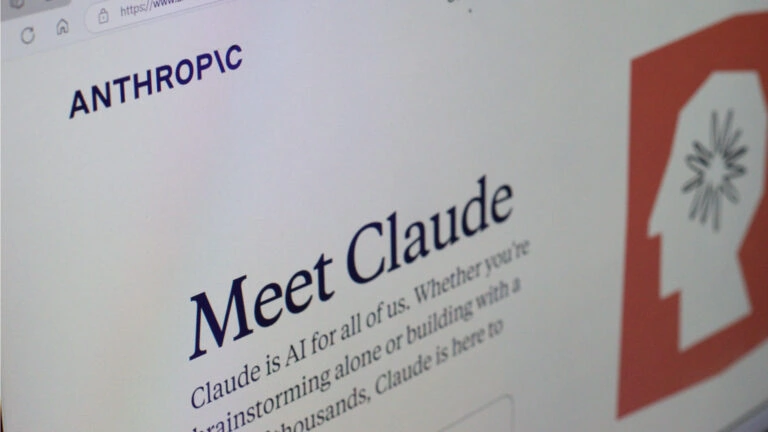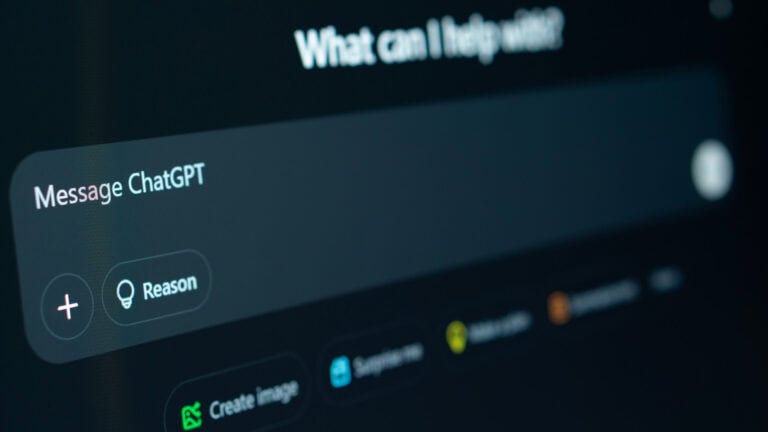New usage limits for Claude subscribers

Anthropic has announced new weekly usage limits for its AI assistant Claude in order to curb the intensive use of the coding tool Claude Code. This mainly affects users who run the system around the clock, so-called power users.








